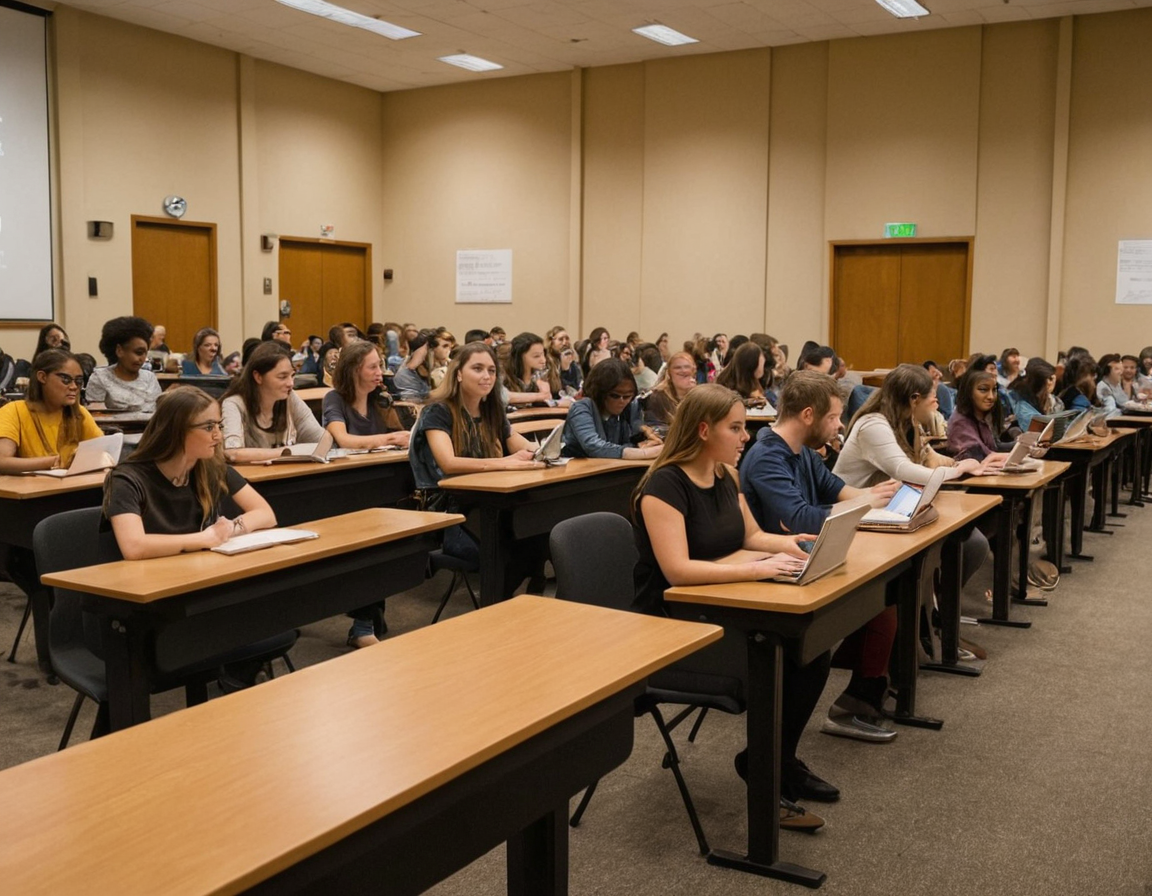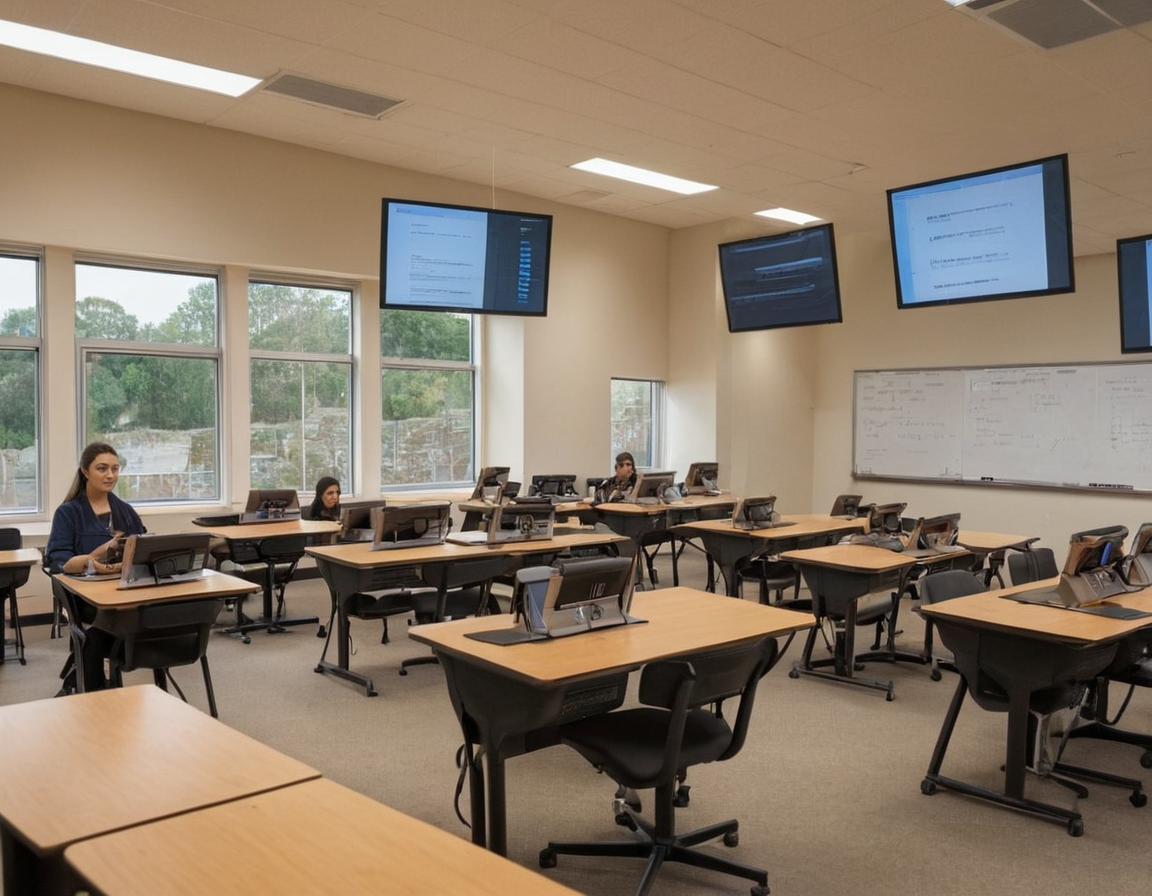Course Accessibility: From PDF Conversion to Real-Time Transcription
Discover all of ResearchWize’s features to supercharge your academic workflow.

In today's dynamic educational landscape, ensuring that all students have equal access to course materials is a priority for universities worldwide. Course accessibility goes beyond mere compliance; it's about fostering an inclusive learning environment where every student can thrive. This article explores key strategies for enhancing course accessibility, focusing on the conversion of PDFs to accessible formats and the use of real-time transcription services.
Understanding Course Accessibility
Course accessibility refers to the practice of designing and delivering educational content in a way that is usable by all students, including those with disabilities. This involves providing materials that are compatible with assistive technologies and ensuring that all media used in courses can be accessed by everyone, regardless of physical or cognitive abilities.
PDF Conversion: Making Documents Accessible
PDFs are a common format for distributing course materials. However, they can pose significant barriers to students who rely on screen readers. To enhance accessibility, PDFs must be converted into formats that are compatible with assistive technologies.
Steps for Converting PDFs
- Use Optical Character Recognition (OCR): OCR technology can convert scanned documents into text that can be read by screen readers. Ensure that the text is clear and accurately recognized.
- Tag the PDF: Tags define the document structure, helping screen readers navigate the content. Use PDF editing software to add tags to headings, lists, and tables.
- Provide Alternative Text for Images: Include descriptive alt text for images to convey context to students who cannot see them.
- Ensure Proper Reading Order: Check the reading order of the PDF to ensure that it flows logically and is easy to follow with a screen reader.
Example Workflow for PDF Conversion
- Open the PDF in a PDF editing tool.
- Run an OCR scan to convert the document to text.
- Tag the document structure, including headings and lists.
- Add alternative text descriptions to all images.
- Verify the reading order and make adjustments as necessary.
- Save the document in an accessible PDF format.
Real-Time Transcription: Enhancing Lecture Accessibility
Real-time transcription services provide an immediate, text-based account of spoken content, which is invaluable for students with hearing impairments or those who benefit from reading along with lectures. Implementing real-time transcription can significantly enhance the learning experience for many students.
Implementing Real-Time Transcription
- Select a Reliable Transcription Service: Choose a service that offers high accuracy and integrates well with your existing lecture delivery platform.
- Test the System: Conduct a test run with a short lecture to ensure that the transcription service captures speech accurately and in real-time.
- Integrate with Lecture Software: Ensure that the transcription service can be seamlessly integrated with your lecture software, allowing students to access the transcription easily.
- Provide Training for Instructors: Offer training sessions to help instructors understand how to use and manage the transcription service during lectures.
Potential Pitfalls and Solutions
- Technical Issues: Network disruptions can affect transcription quality. Ensure a stable internet connection and have a backup plan, such as recording the lecture for later transcription.
- Accent and Dialect Challenges: Some transcription services may struggle with accents or dialects. Consider using a service with customizable dictionaries or regional language support.
- Background Noise: Minimize background noise during lectures to improve transcription accuracy. Use high-quality microphones and encourage a quiet lecture environment.
Benefits of Accessible Course Materials
Creating accessible course materials benefits not only students with disabilities but also enhances the overall learning experience for all students. Accessible materials can improve comprehension, retention, and engagement, ensuring that everyone has the opportunity to succeed in their academic pursuits.
Conclusion
Ensuring course accessibility is a vital component of modern education. By converting PDFs into accessible formats and utilizing real-time transcription services, universities can create an inclusive learning environment that empowers all students. As technology continues to evolve, educators and institutions must remain committed to adopting and implementing tools that support accessibility, fostering an educational experience where every student can excel.

- AI Flashcard Generator (Chrome)
- Summarize PDF AI Tool (Chrome)
- Essay Outline Generator (Chrome)
- Best Chrome Summarizer Extension
- Alternatives to ChatPDF
- Chrome Extension for Students
- Install Extension
- See All Features
Ready to Level Up Your Research?
Install ResearchWize and transform how you study, write, and research.
Install ResearchWize Now